Ford Puma vs Honda ZR-V – Differences & prices compared
Compare performance, boot space, consumption and price in one view.
Find out now: which car is the better choice for you – Ford Puma or Honda ZR-V?
The Ford Puma (SUV) comes with a Petrol MHEV or Electric engine and Manuel or Automatic transmission. In comparison, the Honda ZR-V (SUV) features a Full Hybrid engine with transmission.
When it comes to boot capacity, the Ford Puma offers 523 L, while the Honda ZR-V provides 380 L – depending on how much space you need. If you’re looking for more power, decide whether the 168 HP of the Ford Puma or the 184 HP of the Honda ZR-V suits your needs better.
In terms of consumption, the values are 13.10 kWh5.40 L per 100 km for the Ford Puma, and 5.70 L for the Honda ZR-V.
Price-wise, the Ford Puma starts at 24800 £, while the Honda ZR-V is available from 36800 £. Compare all the details and find out which model fits your lifestyle best!
Ford Puma
The Ford Puma presents itself as a stylish compact SUV with a distinctive design that combines practicality with a dynamic driving experience. Its sleek lines and sporty aesthetics make it stand out on the road, while the interior offers a comfortable and tech-savvy environment. With an emphasis on efficiency and a smooth drive, the Ford Puma is well-suited for both urban commutes and countryside adventures.
details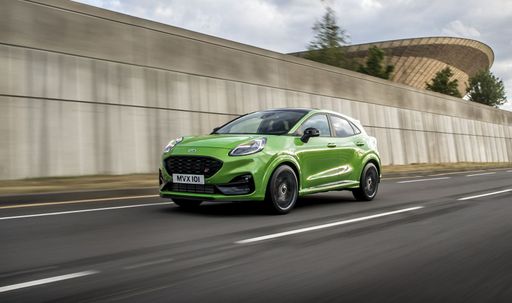 @ puma.fordpresskits.com
@ puma.fordpresskits.com
 @ puma.fordpresskits.com
@ puma.fordpresskits.com
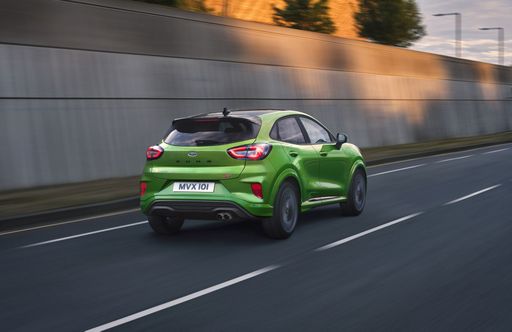 @ puma.fordpresskits.com
@ puma.fordpresskits.com
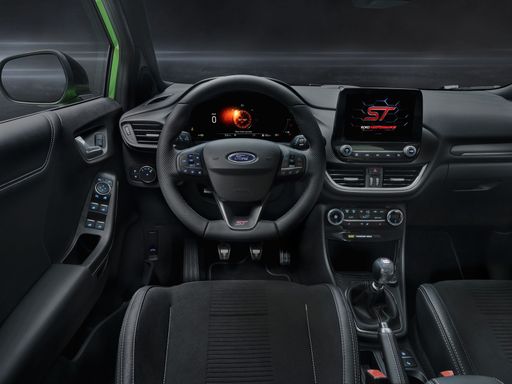 @ puma.fordpresskits.com
@ puma.fordpresskits.com
Honda ZR-V
The Honda ZR-V is a standout in the compact SUV segment, offering a blend of sleek design and practical functionality. Its exterior is characterized by dynamic lines and a bold grille, capturing attention on the road. Inside, the ZR-V impresses with a comfortable and well-appointed cabin, providing drivers and passengers with a refined driving experience.
details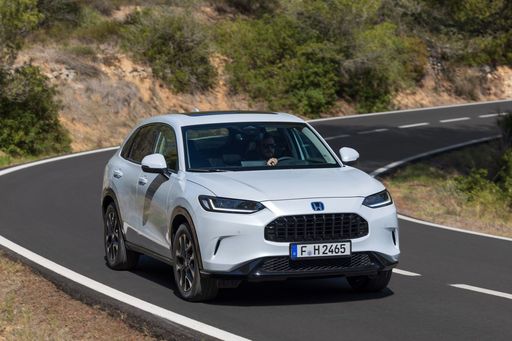 @ Honda
@ Honda
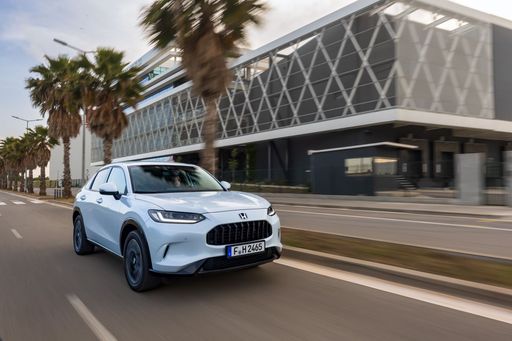 @ Honda
@ Honda
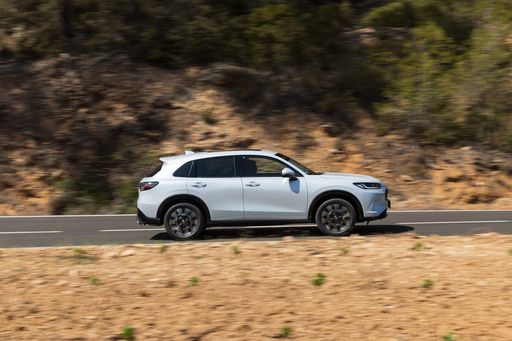 @ Honda
@ Honda
 @ Honda
@ Honda
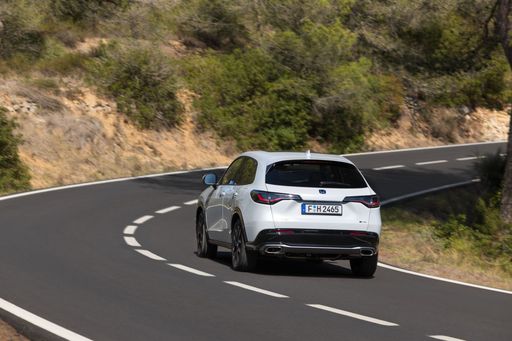 @ Honda
@ Honda
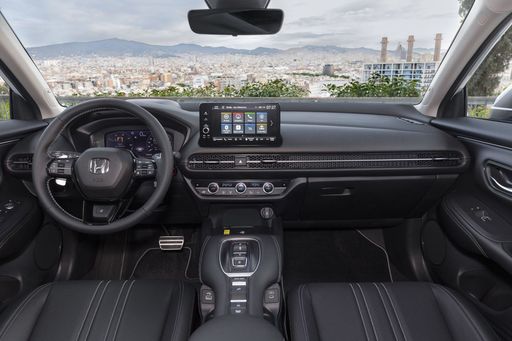 @ Honda
@ Honda
 @ Honda
@ Honda
 @ Honda
@ Honda
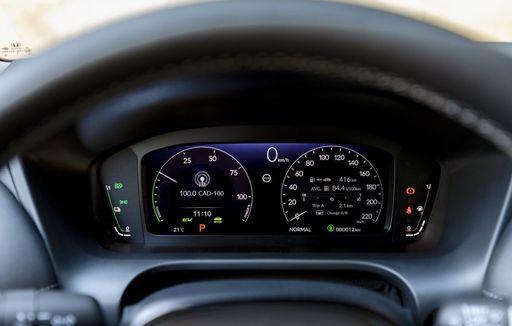 @ Honda
@ Honda
 @ Honda
@ Honda
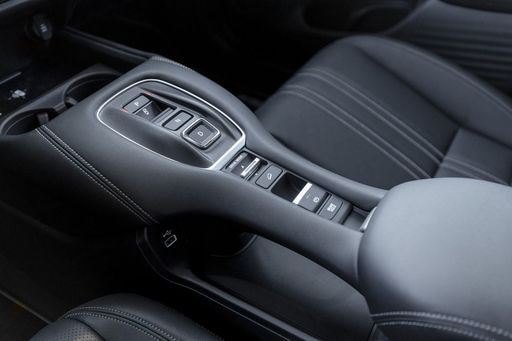 @ Honda
@ Honda
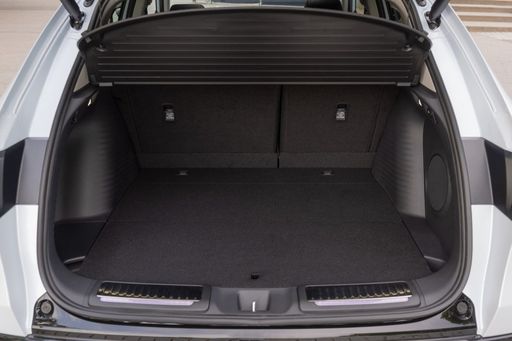 @ Honda
@ Honda
 @ Honda
@ Honda
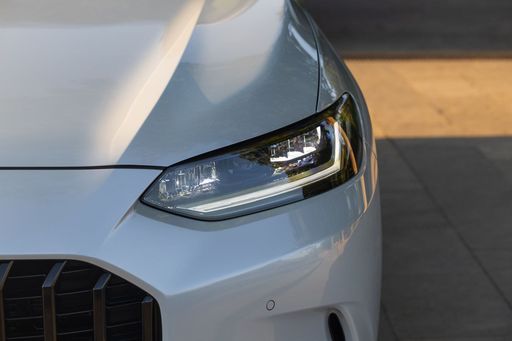 @ Honda
@ Honda
 @ Honda
@ Honda
 @ Honda
@ Honda
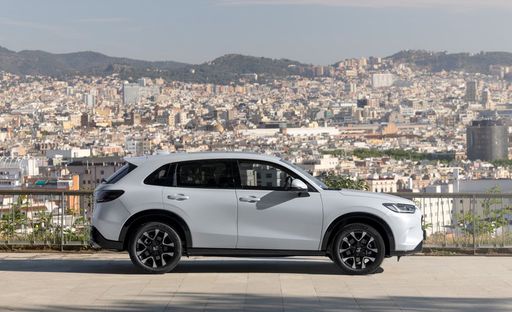 @ Honda
@ Honda

|

|
|
|
|
Costs and Consumption |
|
|---|---|
|
Price
24800 - 36300 £
|
Price
36800 - 40400 £
|
|
Consumption L/100km
5.4 - 6 L
|
Consumption L/100km
5.7 - 5.8 L
|
|
Consumption kWh/100km
13.1 - 13.7 kWh
|
Consumption kWh/100km
-
|
|
Electric Range
364 - 376 km
|
Electric Range
-
|
|
Battery Capacity
43 kWh
|
Battery Capacity
-
|
|
co2
0 - 136 g/km
|
co2
130 - 132 g/km
|
|
Fuel tank capacity
42 L
|
Fuel tank capacity
57 L
|
Dimensions and Body |
|
|---|---|
|
Body Type
SUV
|
Body Type
SUV
|
|
Seats
5
|
Seats
5
|
|
Doors
5
|
Doors
5
|
|
Curb weight
1316 - 1563 kg
|
Curb weight
1660 - 1710 kg
|
|
Trunk capacity
456 - 523 L
|
Trunk capacity
370 - 380 L
|
|
Length
4186 - 4226 mm
|
Length
4568 mm
|
|
Width
1805 mm
|
Width
1840 mm
|
|
Height
1550 - 1555 mm
|
Height
1613 mm
|
|
Payload
367 - 469 kg
|
Payload
440 - 455 kg
|
Engine and Performance |
|
|---|---|
|
Engine Type
Petrol MHEV, Electric
|
Engine Type
Full Hybrid
|
|
Transmission
Manuel, Automatic
|
Transmission
-
|
|
Transmission Detail
Manual Gearbox, Dual-Clutch Automatic, Reduction Gearbox
|
Transmission Detail
-
|
|
Drive Type
Front-Wheel Drive
|
Drive Type
Front-Wheel Drive
|
|
Power HP
125 - 168 HP
|
Power HP
184 HP
|
|
Acceleration 0-100km/h
7.4 - 9.8 s
|
Acceleration 0-100km/h
7.9 - 8 s
|
|
Max Speed
160 - 210 km/h
|
Max Speed
173 km/h
|
|
Torque
170 - 290 Nm
|
Torque
315 Nm
|
|
Number of Cylinders
3
|
Number of Cylinders
4
|
|
Power kW
92 - 124 kW
|
Power kW
135 kW
|
|
Engine capacity
999 cm3
|
Engine capacity
1993 cm3
|
General |
|
|---|---|
|
Model Year
2024 - 2025
|
Model Year
2025
|
|
CO2 Efficiency Class
D, E, A
|
CO2 Efficiency Class
D
|
|
Brand
Ford
|
Brand
Honda
|
Ford Puma
A Glimpse into the Ford Puma: Fusing Style with Innovation
The Ford Puma stands as a testament to modern engineering fused with style. This compact SUV is not just about aesthetics but brings to the table an array of technical innovations, topped with the reliability and performance Ford is known for. Let's delve into the technical specifics and innovative features that make the Ford Puma a stellar choice for any car enthusiast.
Powertrains and Performance
The Ford Puma is offered with a range of powertrains designed to deliver optimal performance whilst minimising fuel consumption. At the heart of this compact SUV is the 1.0 EcoBoost Hybrid engine, available in both 125 PS and 155 PS variants. This engine is a marvel of engineering, optimised to deliver power efficiently with a remarkable fuel consumption ranging from 5.4 to 5.7 L/100km for manual versions, and slightly higher for the automated variants.
The top-end 1.5 EcoBoost ST variant takes performance up a notch, providing a robust 200 PS that propels the Puma from 0 to 100 km/h in just 6.7 seconds. This variant is perfect for those who prioritise performance and exhilaration in their driving experience.
Mild-Hybrid Technology
The Puma's mild-hybrid technology plays a significant role in enhancing fuel efficiency and reducing emissions. By utilising a belt-driven integrated starter/generator, the Puma recovers energy usually lost during braking, storing it in a 48-volt lithium-ion battery. This stored energy is then used to assist the engine, providing a boost during acceleration and smoothing out the stop-start technology, ultimately leading to enhanced fuel efficiency.
Design and Comfort
The Ford Puma does not compromise on style and comfort with its ergonomic and stylish design. The SUV is available in multiple trims including the ST-Line, Titanium, and the luxurious Vignale editions, each offering unique aesthetic and technological enhancements. These trim levels provide varied offerings in terms of both exterior styling and interior comfort, ensuring there's a Puma that meets every personal preference.
Inside, the Puma offers a driver-focused cockpit with advanced technological integrations such as the SYNC 3 infotainment system, providing seamless connectivity and intuitive control of the vehicle's numerous technological features.
Safety and Technology
Safety remains paramount, and the Ford Puma is equipped with the latest security and technology features. It boasts the Ford Co-Pilot360 suite which includes adaptive cruise control, pre-collision assist with autonomous emergency braking, and lane-keeping assist, enabling a safer driving experience on both city roads and highways.
Versatility and Practicality
Beyond performance and safety, the Ford Puma shines in its versatility. With a boot capacity of 456 litres, it offers ample space for all sorts of adventures, whether you're heading on a family trip or loading sports equipment. Its innovative MegaBox is an extra storage solution, providing additional space below the boot floor.
The Puma's agile handling, paired with its compact dimensions—spanning a length of 4186 to 4266 mm and a width of 1805 mm—makes it an ideal choice for urban commuting and beyond.
Conclusion
In conclusion, the Ford Puma beautifully blends practical features with cutting-edge technology, offering a package that appeals to both the tech-savvy driver and those seeking comfort and reliability. Its range of innovative features, powerful yet efficient engine options, and a design that is both functional and stylish make it a frontrunner in the compact SUV market.
Whether you're drawn by the efficient mild-hybrid engines or the robust performance of the ST variant, the Ford Puma represents a modern driving experience where innovation meets everyday usability.
Honda ZR-V
The Honda ZR-V: A Fusion of Efficiency and Innovation
The Honda ZR-V has made significant waves in the automotive sphere with its latest models, which exhibit a seamless blend of advanced technology and innovative design. As a captivating SUV option, it offers a compelling case for those seeking efficiency and performance wrapped in a sophisticated package. This article delves into the intricate details of this impressive vehicle.
Power Under the Hood: The i-MMD e:HEV Full Hybrid System
At the heart of the ZR-V lies Honda's i-MMD e:HEV Full Hybrid system. This powertrain delivers an impressive output of 184 HP (135 kW), offering a smooth and responsive driving experience. The hybrid engine is complemented by a front-wheel drive configuration, ensuring efficiency and stability on the road.
With a 2.0-liter engine capacity and four cylinders, the Honda ZR-V strikes a balance between power and fuel economy. Models are available with a consumption rate as low as 5.7 to 5.8 liters per 100 kilometers, highlighting the brand's commitment to sustainability without compromising on performance.
Performance and Efficiency: The Perfect Balance
Acceleration is another highlight, with the ZR-V able to reach 0-100 km/h in approximately 7.9 to 8 seconds. Coupled with a top speed of 173 km/h, this SUV is both nimble and fast, suitable for urban landscapes and highway cruising alike. Additionally, the vehicle achieves a CO2 efficiency class D, with emissions ranging from 130 to 132 g/km.
Design and Comfort: More Than Meets the Eye
Design is a pivotal aspect of the Honda ZR-V. Its dimensions—4568 mm in length, 1840 mm in width, and 1613 mm in height—project a commanding presence on the road, while still retaining the maneuverability you'd expect from a modern SUV. With a curb weight ranging from 1660 to 1710 kg, it is well-balanced for both performance and comfort.
Inside, the ZR-V is designed to accommodate five passengers comfortably, with an array of trim levels including Advance, Elegance, and Sport. The spacious interior boasts a trunk capacity of 370 to 380 liters, making it an ideal choice for families or anyone needing ample cargo space for their adventures.
Safety and Reliability: Core Tenets of Honda Philosophy
Honda is renowned for prioritizing safety and the ZR-V is no exception. It is equipped with the latest safety technologies, ensuring peace of mind for you and your passengers. From advanced driver-assistance systems to robust build quality, Honda has left no stone unturned in making the ZR-V a reliable companion on the road.
Conclusion: A Standout in the SUV Segment
The Honda ZR-V stands as a testament to the evolution of hybrid technology and modern design. With its superior performance metrics, fuel efficiency, and luxurious features, it appeals to a broad range of drivers. Whether navigating city streets or cruising on open highways, the ZR-V is poised to deliver an exceptional driving experience, making it a noteworthy candidate for those in the market for a new SUV.
With a price range starting from €42,900 to €47,100, the ZR-V offers competitive options for different budgets and needs, true to Honda's legacy of providing value and innovation in the automotive industry.
Which drive types are available for the Ford Puma?
Available as Front-Wheel Drive.
The prices and data displayed are estimates based on German list prices and may vary by country. This information is not legally binding.
